Unfortunately, the disease of each tree does not appear immediately. Usually gardeners see the first alarming signs in appearance when the disease of the tree is in full swing.
The most common signs are yellowing, wilting, and falling off. But the remaining adverse changes should be subjected to a detailed examination that determines the main causes of the formation of parasites and effective ways to combat them. Cherry Disease and Control may be different.
The main diseases of cherries and their treatment
Kleasterosporiosis
Basically, this disease manifests itself in the spring in the form of round brownish patterns on cherry leaves. After a few days, a border of bright color appears in the area of these circles, which only contributes to their increase. A week will pass and holes will appear in these very circles. If all the foliage is sick with kleasterosporiosis, then you will not be able to get a good harvest this year.
Describes cherry disease with photos and methods of treatment, it affects the fruits too. Small, as if pressed, crimson spots appear on the cherries. At first, they are almost invisible, if you do not look very closely, but in just 5 days they will increase to the size of small warts, dark in color, with unpleasant discharge. In the diseased areas of each berry, the flesh stops developing and dries.
This disease is insidious, and if measures are not taken immediately, then not only foliage, fruits, but also shoots will be damaged. On them, kleasterosporiosis opens in elongated, slightly rounded cracking spots, in the middle of which there will be a dark or light border.
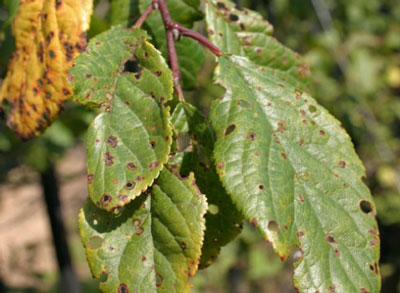
The culprit of the disease is an ordinary fungus that lives in the winter in cracks or other damage to the tree.
Treatment
To combat this ailment, the gardener will need Bordeaux fluid. Need a 1% solution (50 g per 5 liters of water). Lubricate damaged areas at a time when the buds are just starting to bloom, or during flowering. Lubricate the second time after flowering, and the third in a couple of weeks. The last time you need to carry out the procedure a month before the harvest. Also pay attention to apple tree diseases (with photo) and their treatment.
Coccomycosis
Small dots of red color form on the foliage. They are visible from all sides, but a plaque may appear on the bottom. After a while, each affected leaf gradually turns yellow, and then completely dries and falls off early. Because of coccomycosis, a fungus forms, living in winter in fallen leaves, or shoots.
This fungal plant diseaseprogresses in early spring when the cherry blossoms. And pretty quickly, leaving the plants on the leaves in the spores of the fungus. The diseased tree holds an incredible number of these spores, carried by insects or animals. In addition to describing the disease with photos of cherries, the following is the most effective treatment. According to professionals, he is the best.
Treatment
If your tree is still damaged, then you need to try iron sulfate. It will need 350 gr. for 10 liters pure water. It will be necessary to process before flowering.
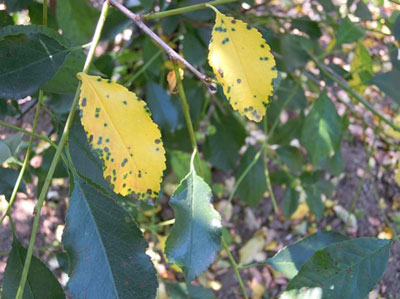
And after the cherry blossoms, the leaves will have to be treated with a medicine called Horus. In 10 liters. you need to dissolve only 2 g of the product. Lubricate the affected area 2-3 weeks after the cherry blossoms, repeat the procedure 4 weeks after picking berries.
Moniliosis
The so-called fungal disease affects not only cherry trees, but also other fruit trees. But if others hold on more firmly, then the cherry may die at all. More often it is felt cherry that is affected.You can see the treatment methods and description with photos below.
The first signs appear at the very beginning of flowering. Fungal spores fall on unopened flowers and begin their work. First, the stems are touched, then the young foliage and the tips of the shoots. If an ordinary person who does not understand anything in gardening sees cherries in moniliosis, he will think that the tree simply burned out - very dry flowers and leaves, as black as ash from a branch. And his opinion will be almost true, because the plant underwent a monilial burn.
Among other things, the berries are also sick, covered with an eerie plaque of a gray tint. It differs from simple rot in that it sits wherever it pleases, and not in certain places. Sick cherry berries do not fall away, as if frozen and can hang on a branch for 1-2 years, being the main carrier of infection for plants nearby.
Treatment
Unfortunately, at the first hints of the disease, it is necessary to cut off absolutely all affected branches, foliage and shoots without regret. Yes, when you look from the side, it seems that the affected areas look quite normal, but they spread the fungus. And do not forget to remove all diseased fruits. If this is not done, then neighboring plants will become infected with moniliosis. Surely you will be interested to read Description of the “Chocolate Girl” Cherry Variety.
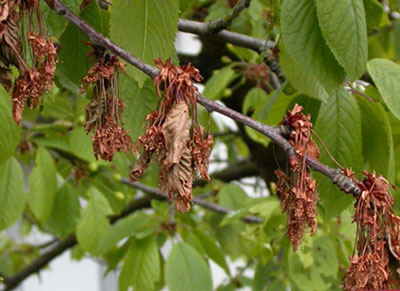
Carefully fold all the debris affected by this disease together with dry falling leaves and ruthlessly burn it, thus stopping the further development of the fungal infection.
Anthracnose
The description of the cherry disease with photos and the treatment method are quite short, but they are quite enough to know how to act. The disease itself differs from the previous ones in that it only affects the fruits. Almost invisible spots of light shade on a cherry are quite difficult to see at the beginning of the disease. Dry weather causes the fruit to cover with a pink coating, and with dampness, the fungus grows, which adversely affects the tree as a whole.
Treatment
You can only prevent the development of the disease by picking the affected berries, take them away from your garden and bury, or rather burn.
But for prevention, you can use 20 g. Polyrama up to 10 liters of water. Replay actions at least 3 times. The first time before flowering, the second after, and the third exactly 2 weeks later.
Rust
The disease primarily affects the foliage of this tree. From the outside of the diseased foliage, you can observe small bulges of a reddish hue, strongly reminiscent of rust on metal, and therefore it has such a name.
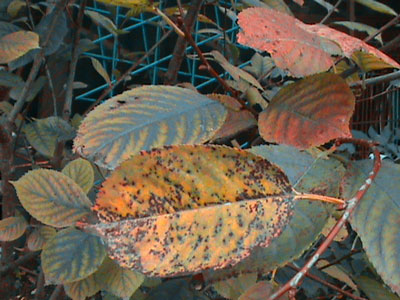
Rust is formed due to fungus wintering in cracked leaves. If the infection process is left to chance, then due to rust their significant amount will fall, and ahead of time, it will noticeably reduce productivity.
Treatment
Copper oxychloride is already used here. She is treated with foliage twice: before and after flowering of cherries. To do this, you need 80 g of dry mix per 10 liters of pure water. A 5-year-old tree will leave, somewhere 4-5 liters, but a young one will be enough. 2. You can treat it a third time with Bordeaux liquid, but after you have harvested it.
Recommended: Fighting aphids on fruit trees
Scab
The disease manifests itself on foliage and berries in the form of pronounced spots of velvet green. These are fungal spores, with the slightest wind they fly to decent distances, hitting neighboring absolutely healthy trees. As a result, microcracks are formed on the fruits, which make the product unusable. Because of this disease, more than half of the berries of the tree can be affected.
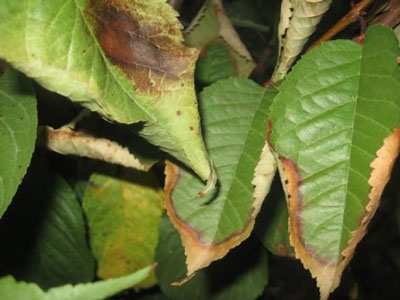
Treatment
Only 1% Bordeaux liquid will help here. It is necessary to use it before the buds begin to bloom. The second time can be processed only after 12-14 days, and the third - only after harvesting the fruits.In the most severe form of the disease, it is recommended to use the liquid 4 times, but only two weeks after the third time.
Now you know the most popular diseases of cherry, their descriptions with photos and methods of treatment. All professionals and beginners are advised to pay attention to their favorite garden as often as possible. Look in detail at the foliage, buds, flowers, shoots and, at the slightest hint, begin to fight diseases. And in order to do without chemical means, it is only necessary to cut off the affected areas in time to prevent the growth of bacteria.

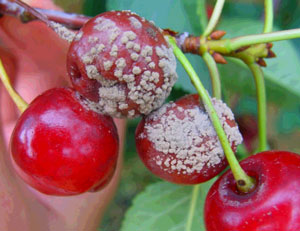
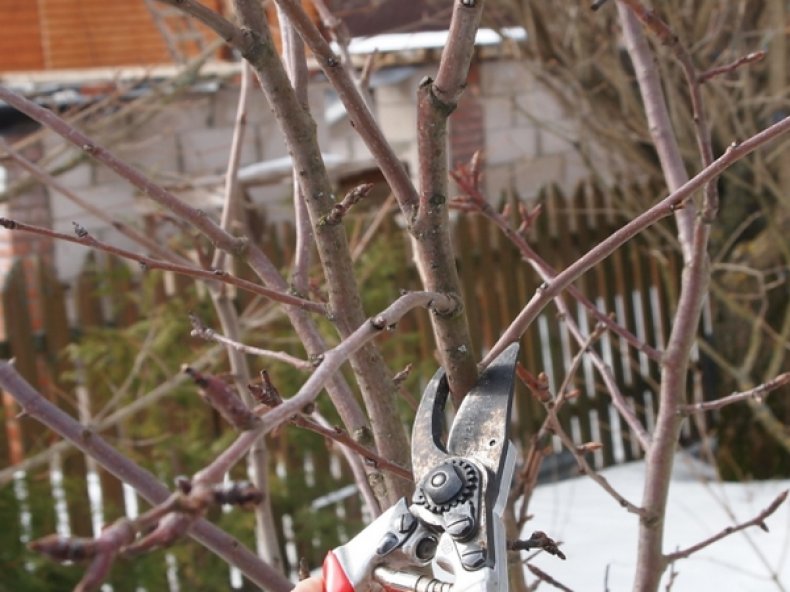
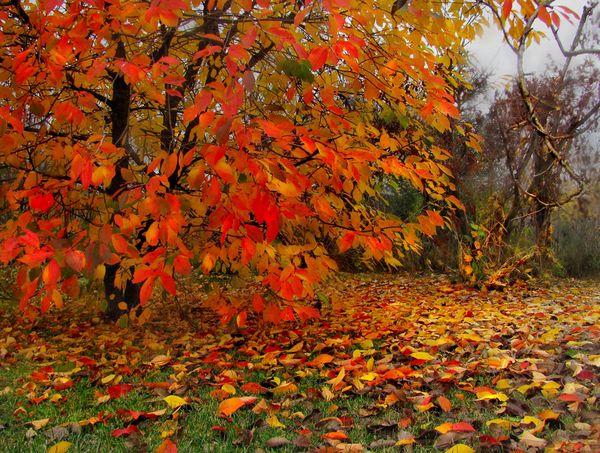
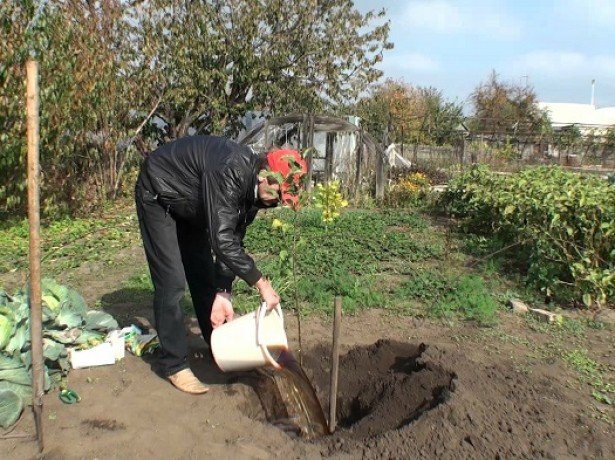
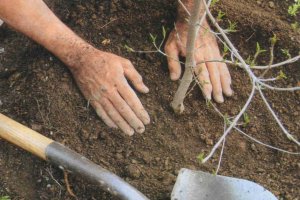 Autumn cherry transplant - important points step by step
Autumn cherry transplant - important points step by step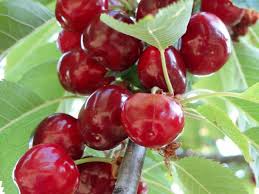 All about the Turgenevskaya cherry variety
All about the Turgenevskaya cherry variety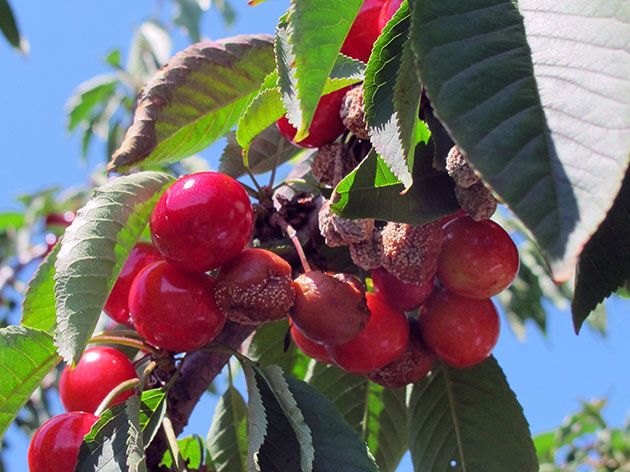 Cherry Disease: Description with Photos
Cherry Disease: Description with Photos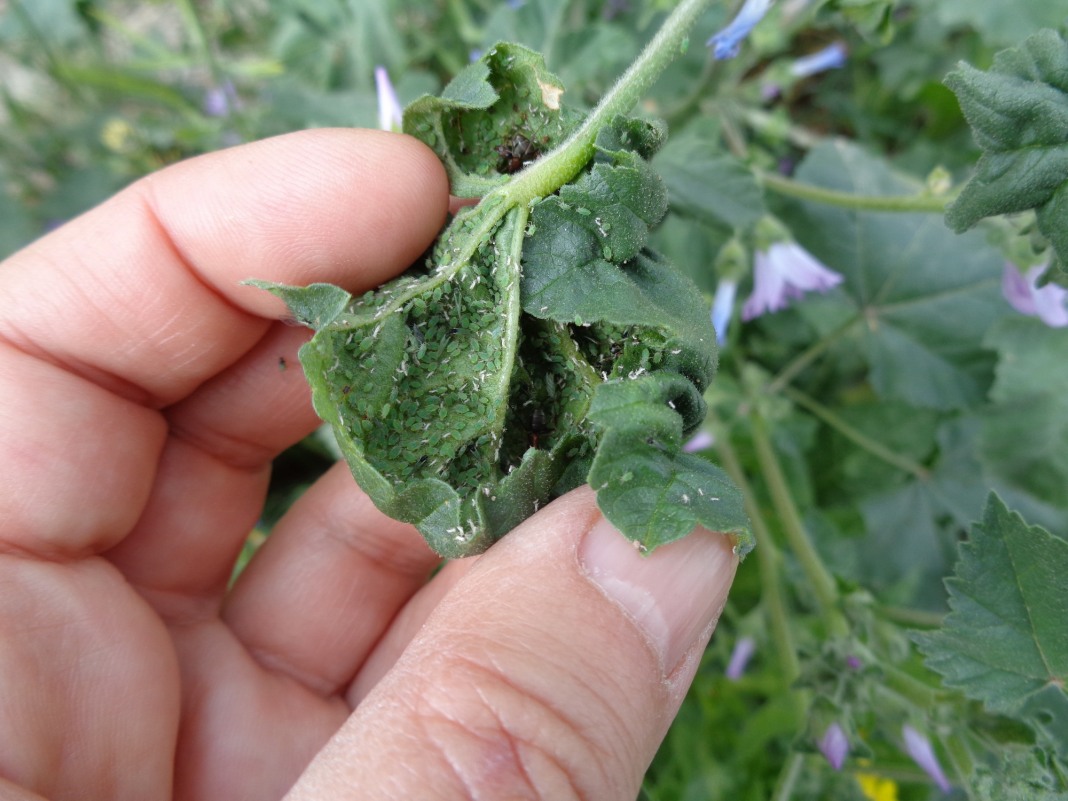 Ways to get rid of aphids on cherries
Ways to get rid of aphids on cherries